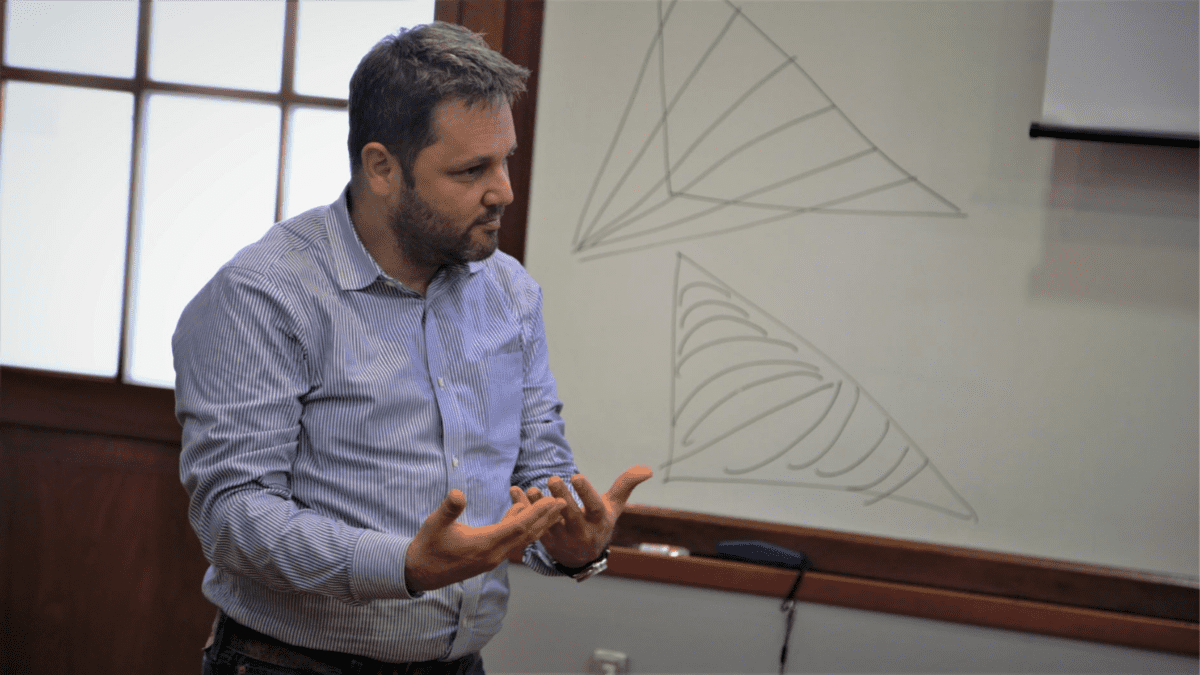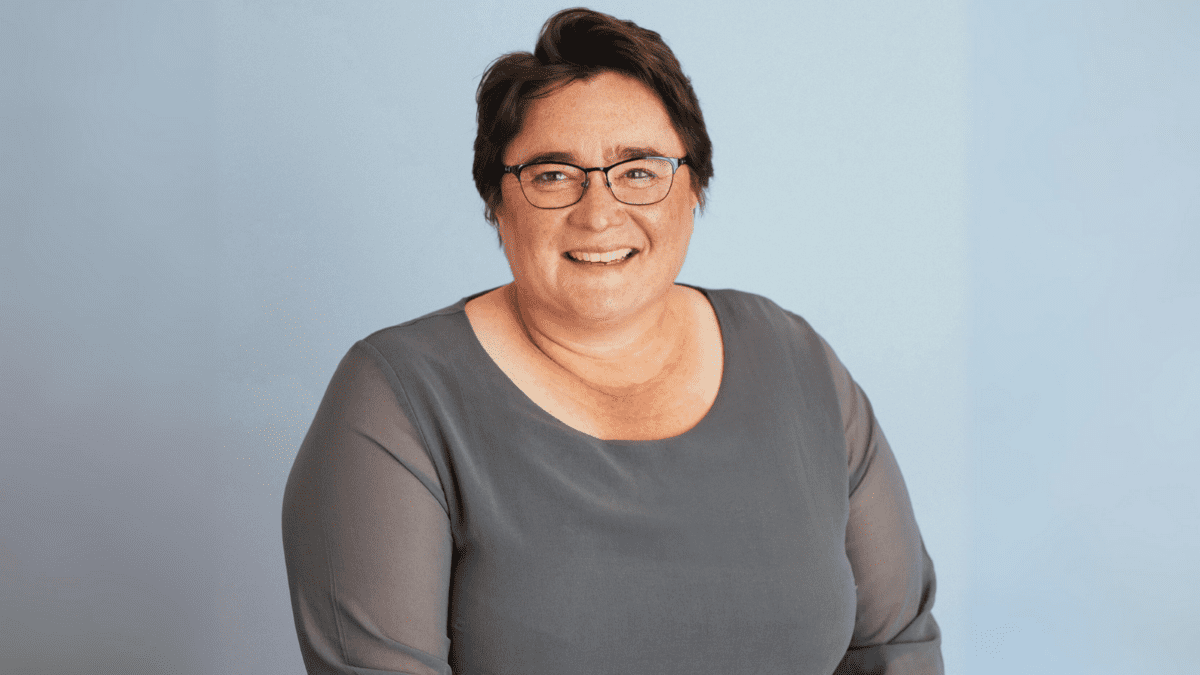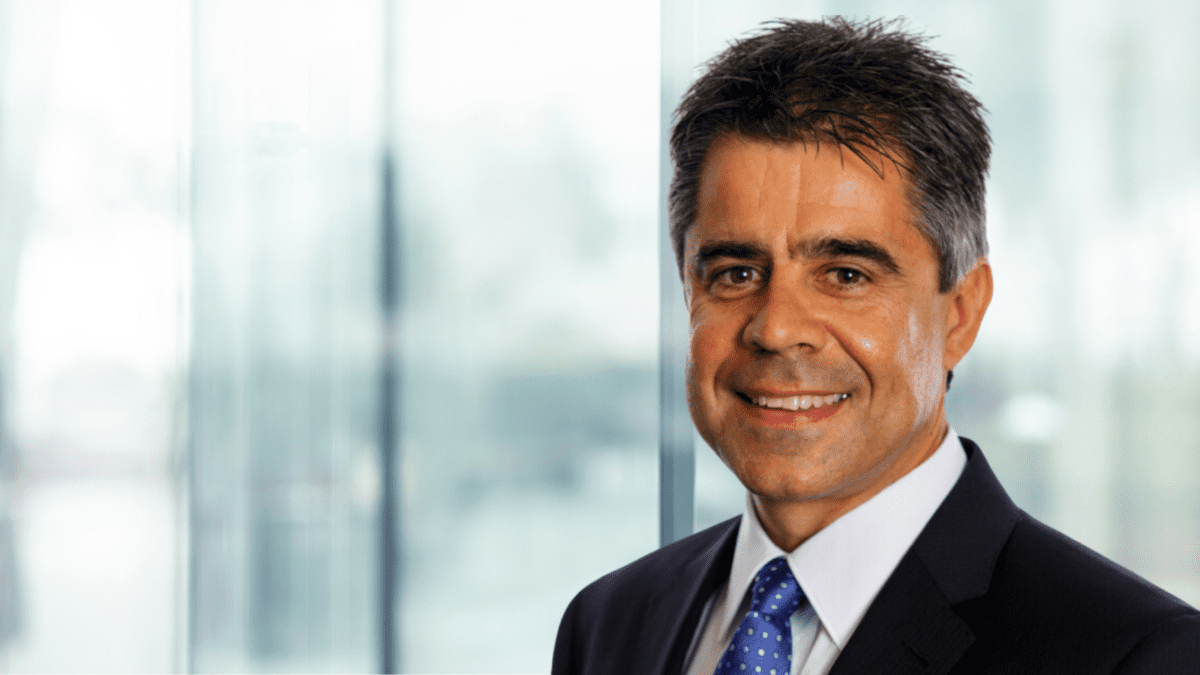New lifecycle superfund is a ‘game changer’
New option for MySuper products allows mass customisation
Russell Investments has developed what it says is a ‘game changer’ for superannuation in Australia – the first mass customised retirement solution. It is currently available only to members in the Russell Master Trust, but the firm will offer access through other super funds down the track.
Called ‘GoalTracker’, the new service has already replaced Russell’s MySuper default option in its Master Trust, which is used mainly by corporates which have outsourced their investment strategy to the Russell multi-manager trust. It manages more than $9 billion for about 70,000 members.
Just over 8,000 of those members participated in a detailed survey to assist in the design of GoalTracker, according to Jodie Hamphsire, the Russell Investments managing director for Australia. The product draws on the resources, in terms of strategy and advice tools, normally reserved for the firm’s biggest clients around the world.
“Until today, there had been little in the way of customised or bespoke solutions for members in super,” Hampshire said in a media webinar this week (October 27). “In a defined contribution world, you need a different lens [to view super]. The gap is very real. Many individuals will retire with less than they’d like or need.”
While the Australian system ranks highly across various measures ranking the world’s differing pension systems – currently fourth after The Netherlands, Denmark, and Israel in the latest Mercer study – it is primarily a defined contribution system, where everyone has to take responsibility for the outcome on retirement. This contrasts with defined benefits schemes, whereby members are promised a pension based on a certain percentage of their final years’ salary when they retire.
According to the World Economic Forum, in a study published in 2019, the Australian retirement gap totals about $1 trillion, which will rise to $9 trillion by 2050 without intervention. The Russell survey showed that one in two people in Australia would fall short of their retirement income goal, Hampshire said.
“The two levers they have to pull which have the biggest impact are: how much they put in and when; and, how it’s invested. In retirement, 10 per cent comes from your original contribution and 90 per cent from the investment returns,” she said.
Within those investment returns, according to Tim Furlan, Russell’s head of relationships for the master trust and super clients, about 85 per cent comes from asset allocation and the remainder from manager or stock selection, various studies have shown. “The reason for this is because there’s a big trade-off between risk and return… As you get closer to retirement the asset allocation becomes more nuanced based on personal circumstances,” he said. “With lifestyle strategies (which were introduced to Australia by Russell, it’s still one size fits many.”
Several big super funds have introduced lifecycle strategies for their default or MySuper options. Most are basic, confined to being influenced by age and gender. The most sophisticated is probably that of QSuper, which attempts to also estimate personal wealth via account balances.
The key with voluntary contributions is increasing people’s engagement with their super. GoalTracker helps members build a personalised retirement income goal by choosing the lifestyle that meets their needs across eight lifestyle expenditure categories. This makes super “feel more real” Hampshire said.
With improving retirement adequacy through more appropriate asset allocation, GoalTracker can invest in more growth assets early in life, and more intelligently reduce downside risk as a member approaches retirement. The Russell research shows that younger people in particular tend to invest too conservatively.
Hampshire said Russell saw GoalTracker as “lifecycle on steroids”. She said that Russell was keen to work with non-Russell funds. “We are speaking to other funds as to how they can improve their MySuper default options but it’s not simple,” she said.








